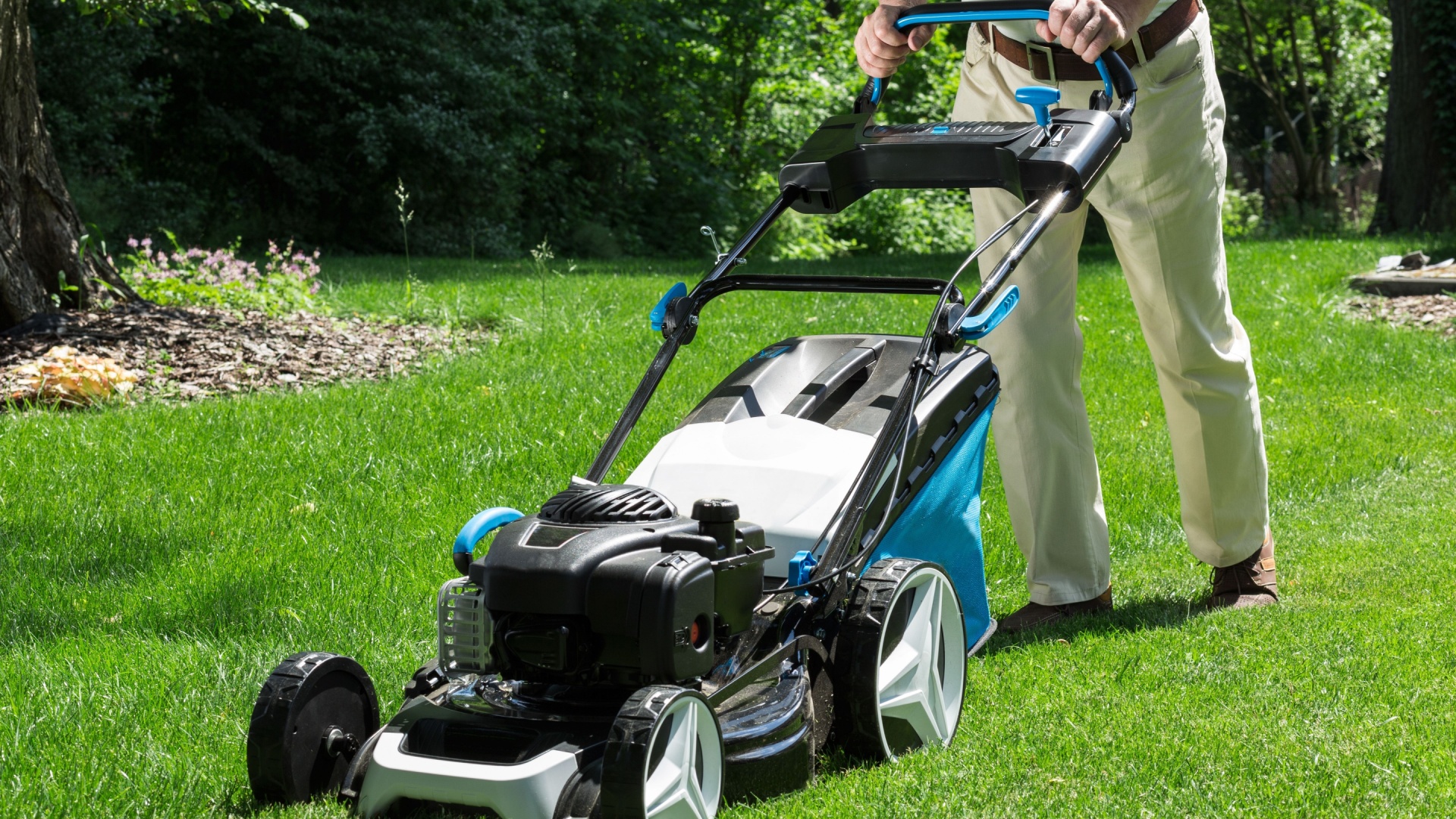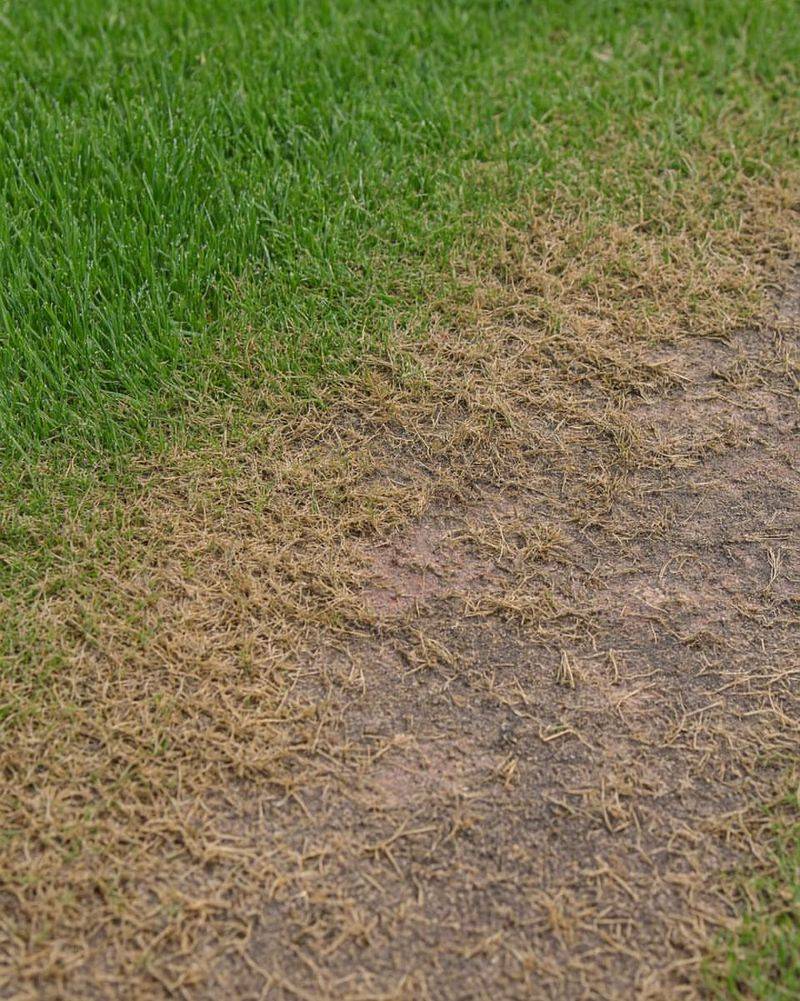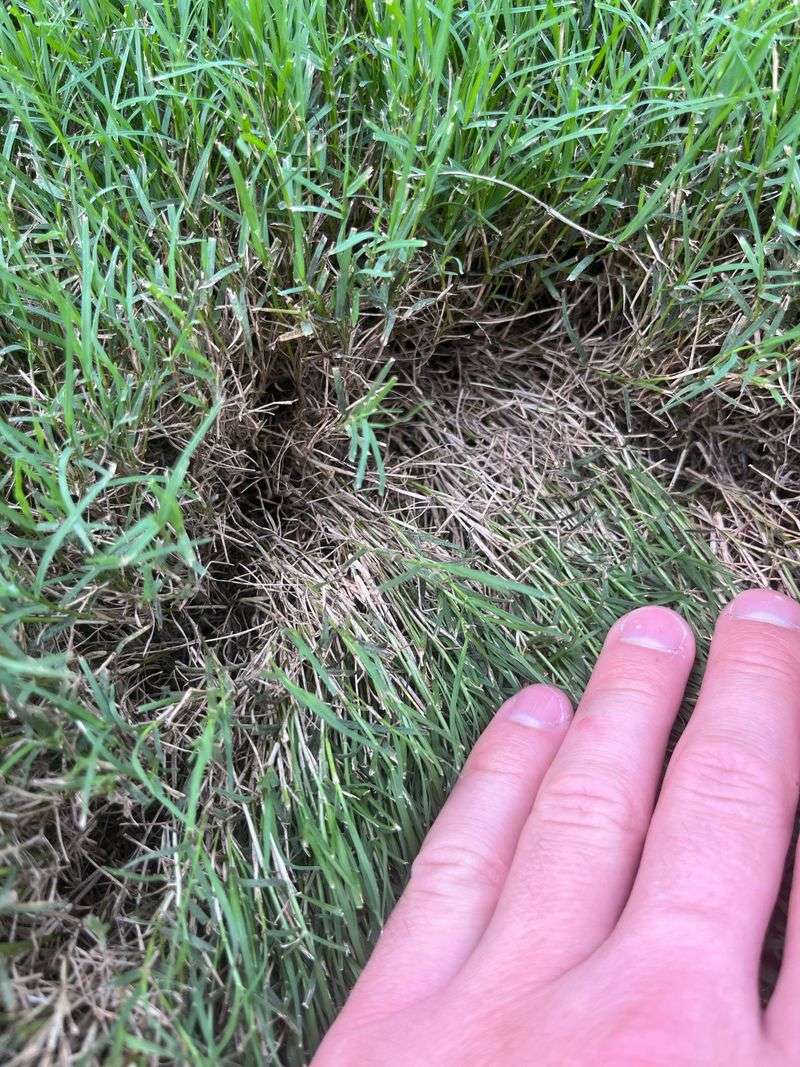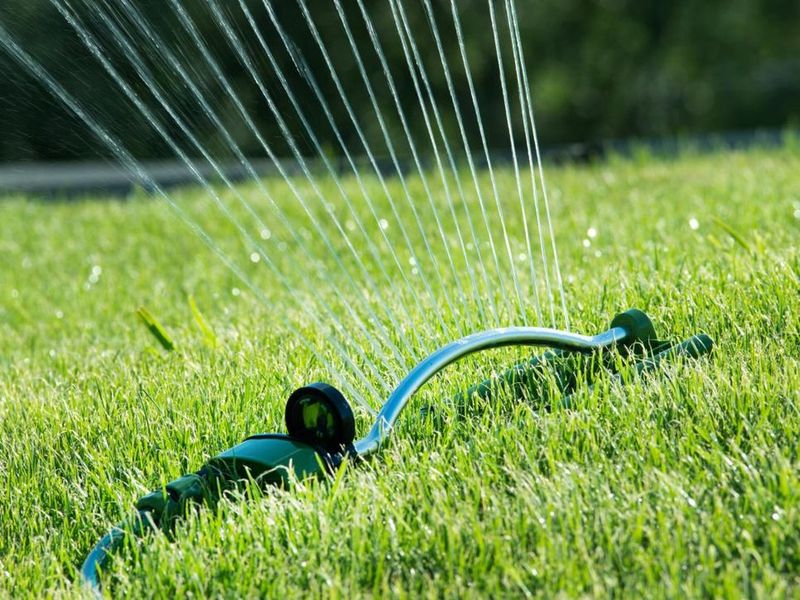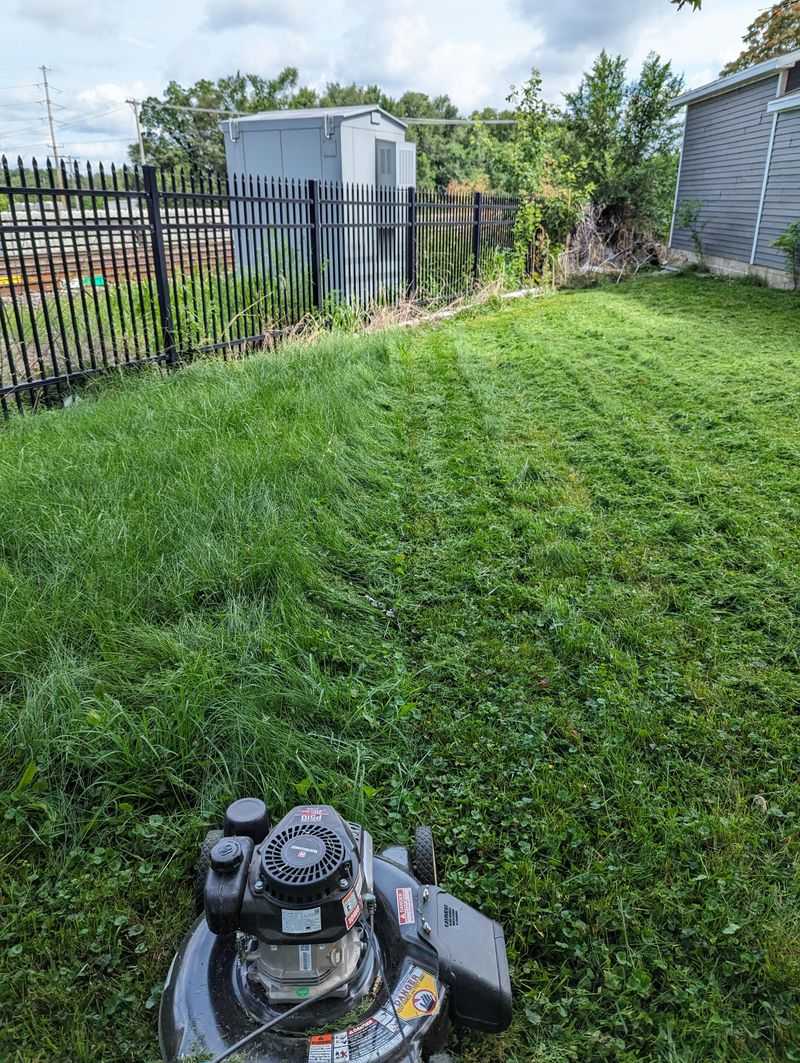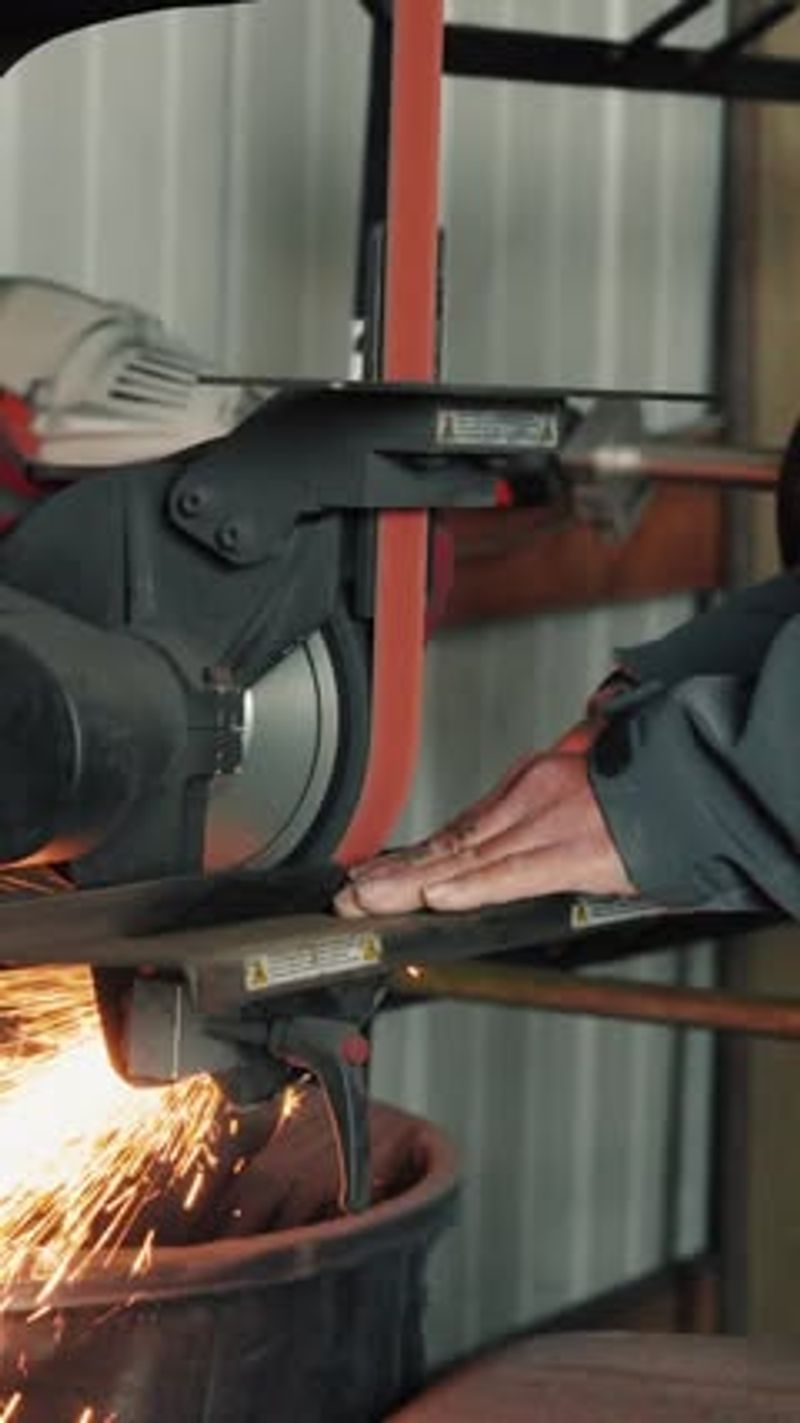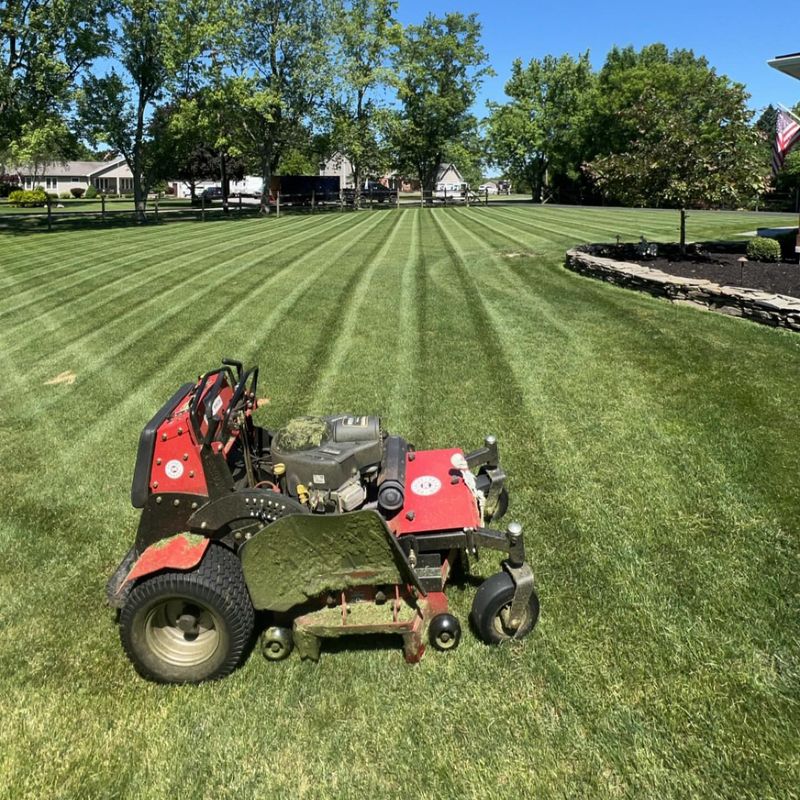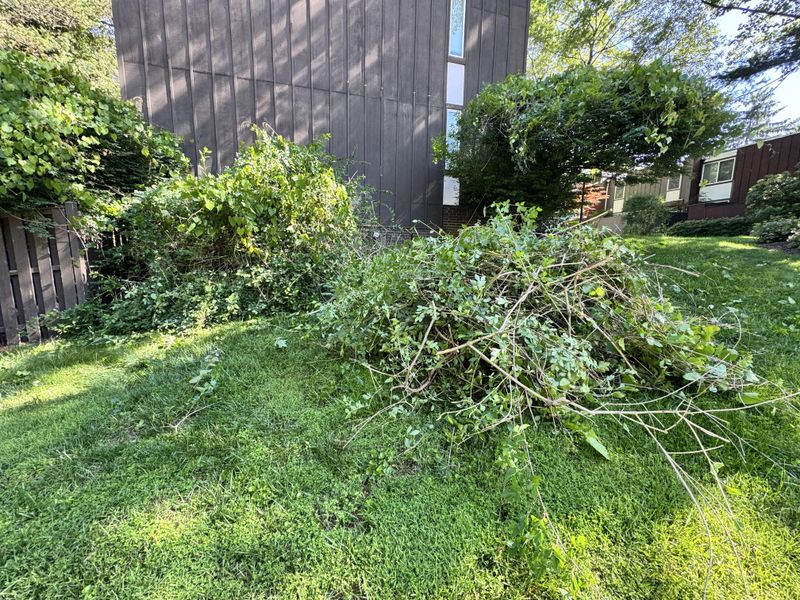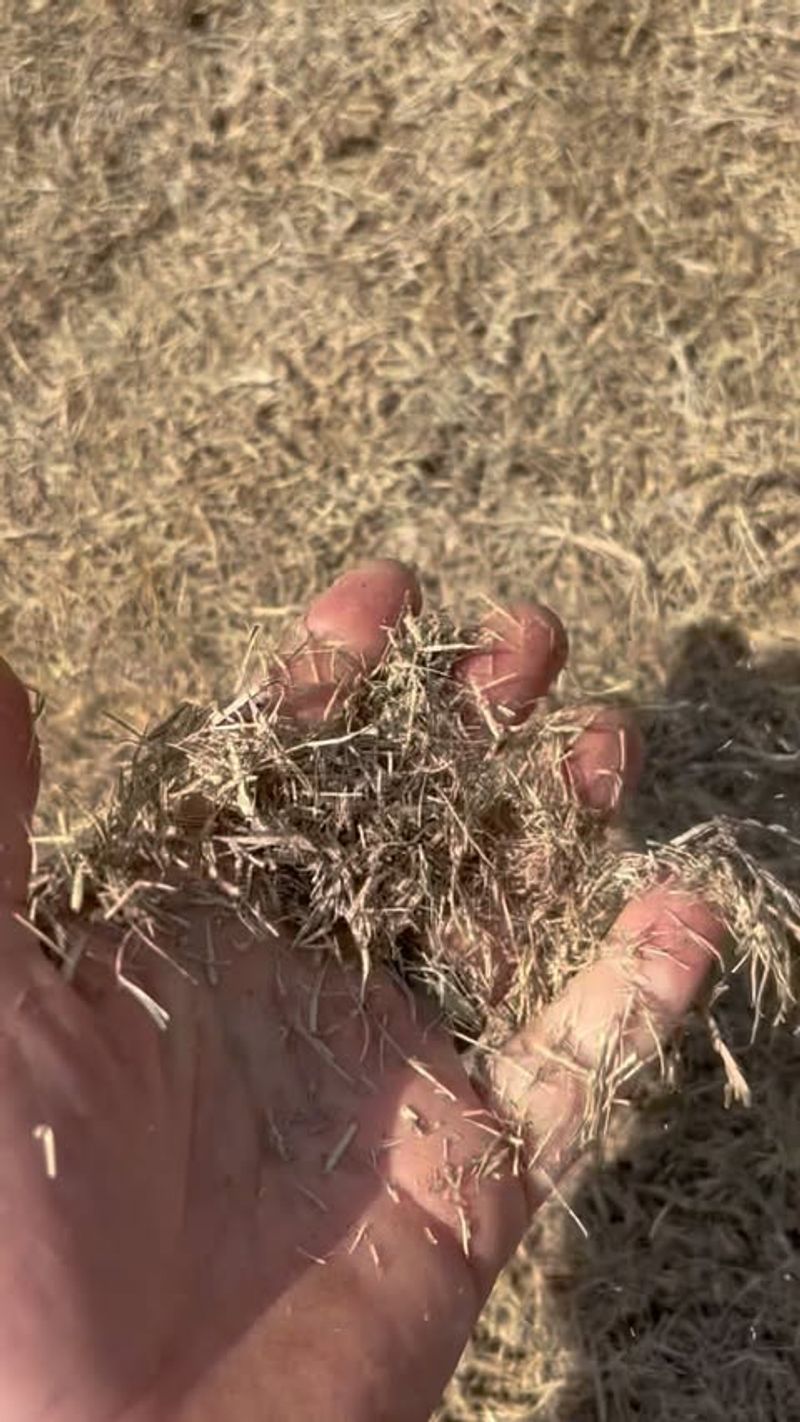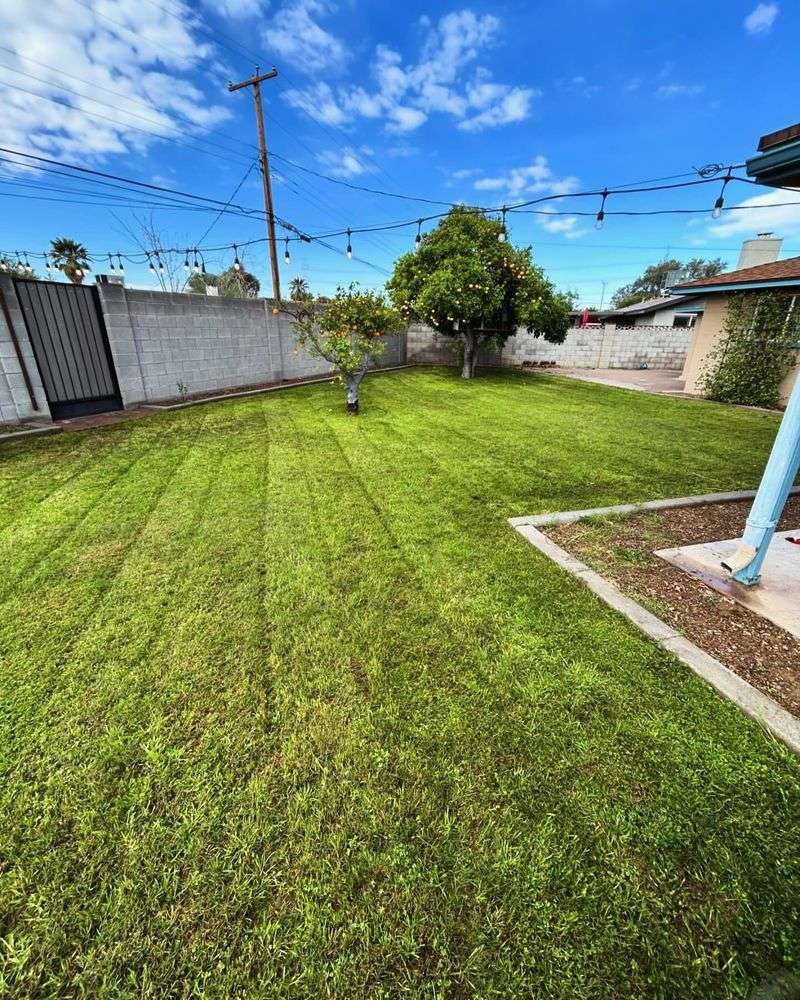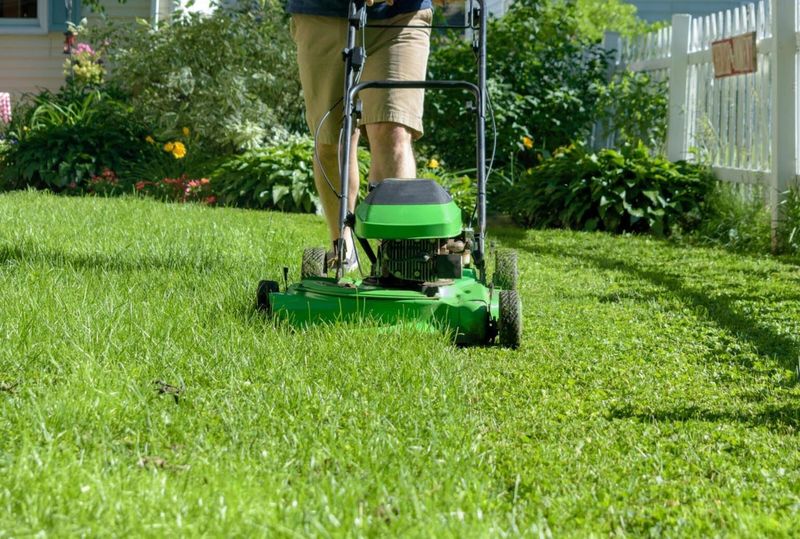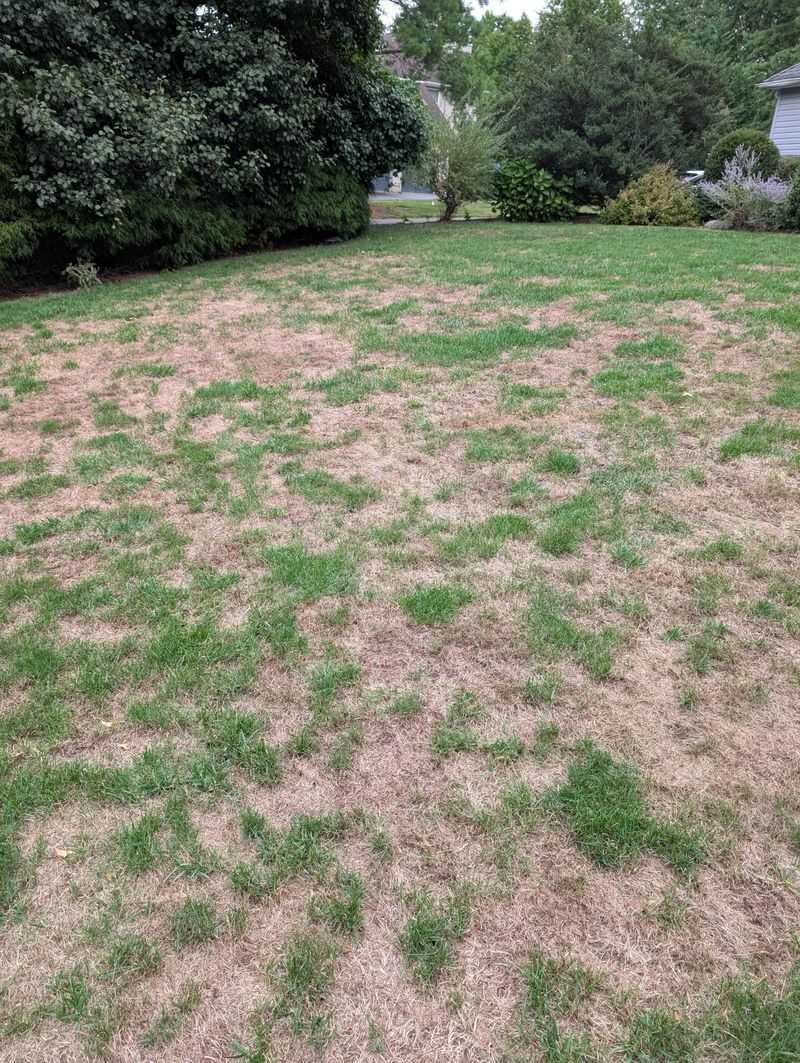Maintaining a lawn in Arizona’s harsh desert climate presents unique challenges many homeowners don’t anticipate. Between scorching temperatures, water restrictions, and specialized grass varieties, lawn care mistakes can quickly lead to dead patches, excessive water bills, or even HOA violations.
Understanding the common mowing missteps specific to our state can save you time, money, and frustration.
1. Cutting Grass Too Short
Scalping your lawn might seem efficient, but it’s a fast track to a dead yard in Arizona’s intense heat. Bermuda and other desert-adapted grasses need longer blades to protect their roots from the scorching sun.
Setting your mower height to at least 2-3 inches creates natural shade for the soil, reducing evaporation and stress on the grass. Taller grass also develops deeper roots, making it more drought-resistant and healthier overall.
2. Mowing During Peak Heat
Firing up the mower at noon in July? Your grass is silently screaming. Cutting during extreme heat stresses plants that are already working overtime to survive, causing moisture loss and potential shock.
Early morning (before 8 AM) or evening (after 6 PM) mowing protects both your lawn and your health. The cooler temperatures reduce evaporation and give freshly cut grass time to recover before facing the day’s heat.
3. Ignoring Seasonal Mowing Heights
Many Arizona homeowners maintain the same mower setting year-round, not realizing seasonal adjustments are crucial. Winter dormant bermudagrass needs different treatment than active summer growth.
During summer growing seasons, keep bermudagrass at 1.5-2 inches. For winter, when growth slows or dormancy occurs, raise the height slightly. Ryegrass overseeding in fall requires different heights altogether – typically 1.5-2.5 inches for optimal health.
4. Watering Right After Mowing
Running sprinklers immediately after cutting creates the perfect storm for fungal diseases in Arizona’s already challenging climate. Fresh cuts are like open wounds that easily absorb pathogens when wet.
Allow your lawn to recover for at least a few hours post-mow before watering. Better yet, time your mowing to occur a day after deep watering when soil is moist but grass blades are dry. This approach reduces stress on the plants and promotes healthier growth.
5. Mowing Wet Grass
Morning dew might seem refreshing in our dry climate, but it makes for terrible mowing conditions. Wet grass clumps together, creating uneven cuts and potential mower clogs that strain your equipment.
Moisture also causes grass to bend rather than stand upright, resulting in an uneven finish once it dries. Wait until your lawn is completely dry before mowing, especially after monsoon rains or morning irrigation cycles. Your mower will thank you, and your lawn will look much better.
6. Forgetting to Sharpen Blades
Dull mower blades tear grass instead of cleanly cutting it, leaving your Arizona lawn vulnerable to disease and water loss – two things desert lawns can’t afford. Those ragged edges turn brown quickly, giving your entire yard a sickly appearance.
Professional blade sharpening twice per season makes a dramatic difference. Sharp blades create clean cuts that heal quickly and retain moisture better. The visual difference is striking – sharper blades mean greener, healthier grass with less water needed.
7. Mowing in the Same Pattern
Following the same path every week might seem efficient, but it creates permanent wear patterns and compacts soil in those areas. Arizona’s hard clay soils already struggle with compaction issues.
Alternate your mowing direction each time – north-south one week, east-west the next, then diagonally. This simple change prevents ruts, encourages upright growth, and reduces soil compaction. Your grass will stand taller and more evenly, creating that carpet-like appearance everyone wants.
8. Removing Too Much Leaf Blade
The one-third rule exists for a reason, yet many Arizona homeowners ignore it. Cutting more than one-third of the grass height in a single mowing severely stresses plants, especially during our brutal summers.
When grass gets too tall, resist the urge to cut it all at once. Instead, gradually reduce height over several mowings, waiting 3-4 days between cuts. This approach prevents shock and allows the grass to adjust without turning brown or dying back.
9. Bagging Grass Clippings
Collecting and discarding grass clippings robs your Arizona lawn of free nutrients it desperately needs in our nutrient-poor desert soils. Those clippings contain nitrogen and organic matter that naturally feed your lawn.
Leave short clippings on the lawn to decompose – they’ll disappear quickly in our dry climate. If clippings are too long or thick, consider composting them instead. Research shows grasscycling can reduce fertilizer needs by up to 25%, saving money while creating a healthier lawn.
10. Neglecting Pre-Mow Cleanup
Running over rocks, toys, or debris is a common mistake that damages expensive mower blades and potentially creates dangerous projectiles. Arizona yards often contain small rocks that migrate onto lawns from desert landscaping.
Take five minutes to walk your lawn before mowing, removing anything that doesn’t belong there. Pay special attention after storms when branches or debris may have blown in. This simple habit extends your mower’s life and prevents dangerous accidents.
11. Improper Mower Maintenance
Arizona’s dust and heat are brutal on lawn equipment, yet many homeowners skip basic maintenance. Dirty air filters, old spark plugs, and contaminated fuel lead to poor performance and incomplete cuts.
Check your air filter monthly during dust season and clean or replace as needed. Change oil and spark plugs according to manufacturer recommendations. Store fuel properly with stabilizer to prevent carburetor issues. These simple steps ensure your mower runs efficiently in our challenging climate.
12. Mowing Dormant Winter Bermuda
Many homeowners continue regular mowing schedules even when bermudagrass turns brown and dormant in winter. This unnecessary cutting damages the crown of the plant where new growth emerges in spring.
Once your bermuda lawn goes dormant (usually November-February), reduce mowing frequency dramatically or stop entirely. If you’ve overseeded with winter ryegrass, continue mowing but raise the height slightly. Dormant bermuda typically needs just one light trim monthly, if at all.
13. Ignoring Water Restrictions
Mowing during water restrictions without adjusting your technique can stress already thirsty grass. Many Arizona communities implement seasonal or permanent water conservation measures that impact lawn care.
During restrictions, raise your mower height to leave grass longer, which shades the soil and reduces evaporation. Mow less frequently, as stressed grass grows more slowly. Sharp blades become even more important during drought, as clean cuts lose less moisture than ragged tears.
14. Mowing New Sod Too Soon
Eager homeowners often mow newly installed sod before it’s properly rooted, pulling up entire sections and ruining their investment. Arizona’s heat makes new sod especially vulnerable during establishment.
Wait at least 14-21 days after installation before the first mow, allowing roots to anchor firmly. When you do mow, ensure blades are extra sharp and set higher than normal. Avoid tight turns that can tear new sod, and never mow when wet.
15. Overlooking Overseeding Adjustments
Many Arizona homeowners overseed bermuda with winter ryegrass but fail to adjust their mowing practices for this transition. Each grass type requires different care during this crucial period.
Before overseeding, gradually lower your mowing height over several weeks to prepare bermuda. After seeding, wait until ryegrass reaches 2-3 inches before the first mow. Use a sharp blade set at 1.5-2 inches to avoid disturbing new seedlings. These adjustments ensure successful establishment of winter color.

